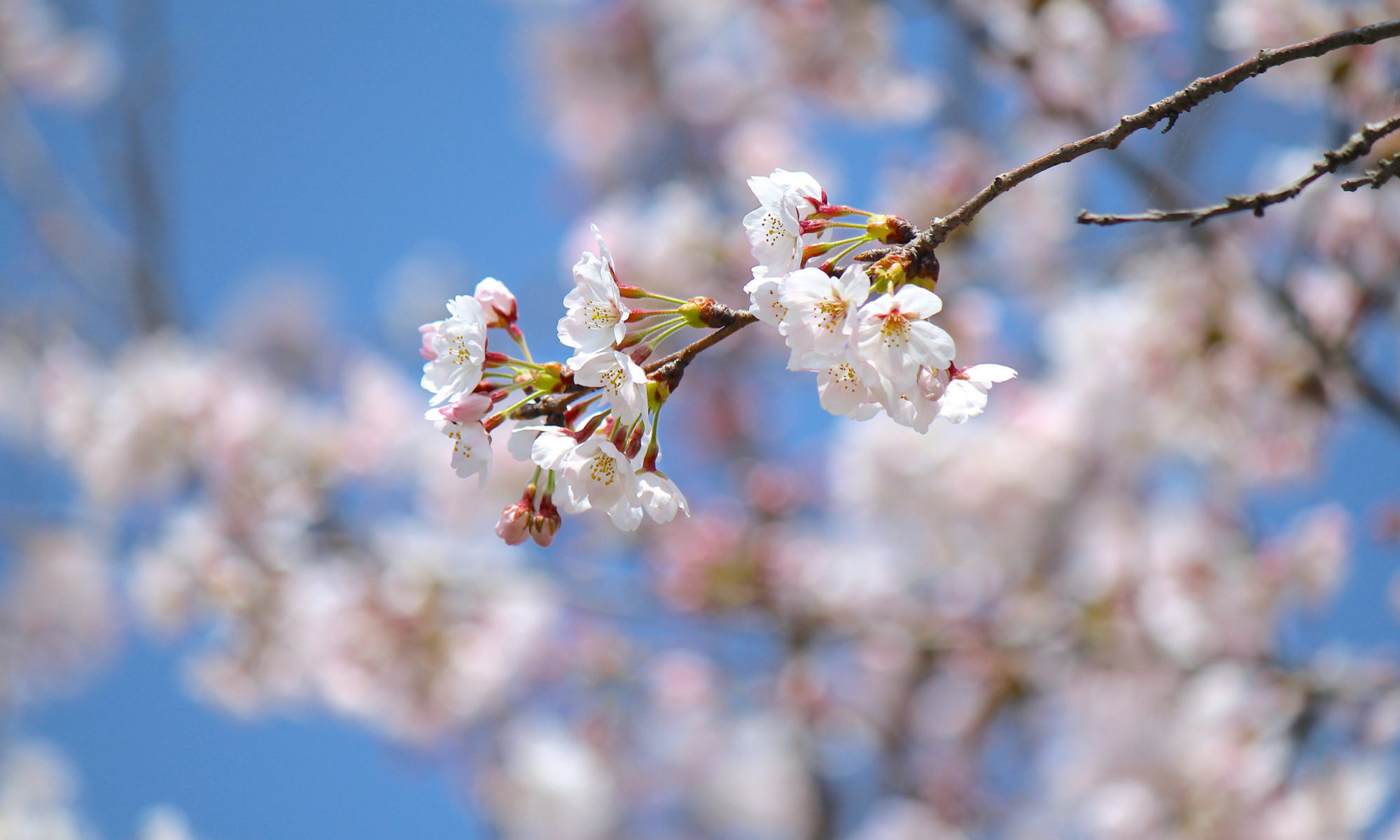To See a Church Established in Each of Japan’s 800 Largest Unchurched Areas
Adopt 800 Japan mobilizes prayer and action from Christians worldwide to adopt and see churches established in these 800 unchurched areas of Japan that have over 7000 in population.
All 1793 of the remaining areas in Japan without a single church are rural areas with under 50,000 people. The largest 800 of these are top priority for pioneer church planting in Japan. We help connect and walk alongside individuals, small groups, churches, mission agencies, denominations, and seminaries in Japan and worldwide who adopt one of these areas.
How to Adopt
These four kinds of adoption allow any church, group, or individual to be part of reaching Japan’s 800 largest unchurched areas—Supporter, Scout, Pioneer and Partner . The first step is to indicate in the Adopt 800 Japan Questionnaire the type of adoption you are interested in. Then we’ll contact you with information to assist you in deciding which location to adopt. Contact RJCPN for a current list of adoptable areas.
Supporter
Pray for Adopt 800 Japan, unchurched areas, and rural Japan church plants and be informed of specific opportunities to support rural Japan church planting missionaries. You’ll select a specific region or prefecture to pray for, then later focus your commitment by adopting a specific cluster of unchurched areas within that. You’ll seek out your own prayer fuel, and RJCPN will also send some relevant prayer items. You’ll also receive the RJCPN Prayer and News Bimonthly email.
Write Adopt 800 Questionnaire
Scout
In a cluster of not yet targeted unchurched areas, pray, do research, and lead recurrent short-term trips to prayer walk, distribute tracts, hold events, or similar activities.
This kind of adoption generally requires some Japanese ability, cultural awareness, and considerable initiative. Perhaps God will lead some Scouts to later transition to Pioneer.
Write Adopt 800 Questionnaire
Pioneer
Commit to take full responsibility for establishing a church in a not yet targeted unchurched area or cluster of unchurched areas.
Some such areas are close enough to an established church to be reached by daughter church planting, while others can be reached only if a pioneer church planter relocates from within Japan or from abroad.
Write Adopt 800 Questionnaire
Partner
This type of adoption is only for areas already adopted for Pioneering. There are two kinds of partners—Assisting Partner and Receiving Partner.
1) Assisting Partner
Be introduced to a church plant underway in an a previously unchurched area to offer to assist under the leadership of the long-term church planter. Examples of types of partnership include:
- organize recurrent short-term teams (1 week to 90 days) or mid-term helpers (e.g., gap year students, retirees, seminary students)
- mobilize or serve as a church planting intern (1-4 yrs)
- become a backup church. A backup church offers to send 1 or more helpers regularly (e.g., monthly or quarterly) to assist a rural church plant within a two-hour drive.
2) Receiving Partner
This is for those planting or about to plant a church in a previously unchurched rural area. Express openness to being introduced for direct dialog with prospective assisting partners. This does not obligate you to receive any specific offer of partnership, but puts you in direct dialog so you can explore it and take it from there. Possible types of assistance available may include:
- Recurrent short-term teams (1 week to 90 days)
- Mid-Term helpers (90 days to 1 year)
- Church planting interns (1-4 years)
- Help from backup churches in the region
Write Adopt 800 Questionnaire
Notes:
1) Adopt 800 Japan is a joint project sponsored by Rural Japan Church Planting Network (RJCPN) and Reaching Japanese for Christ (RJC)
2) This project is in its early developmental stage. All involved are volunteers each already busy with full time ministries. At this early stage, please understand there may be slow response times. We invite you to walk with us even at this early stage on a journey toward seeing rural Japan reached in our generation!

